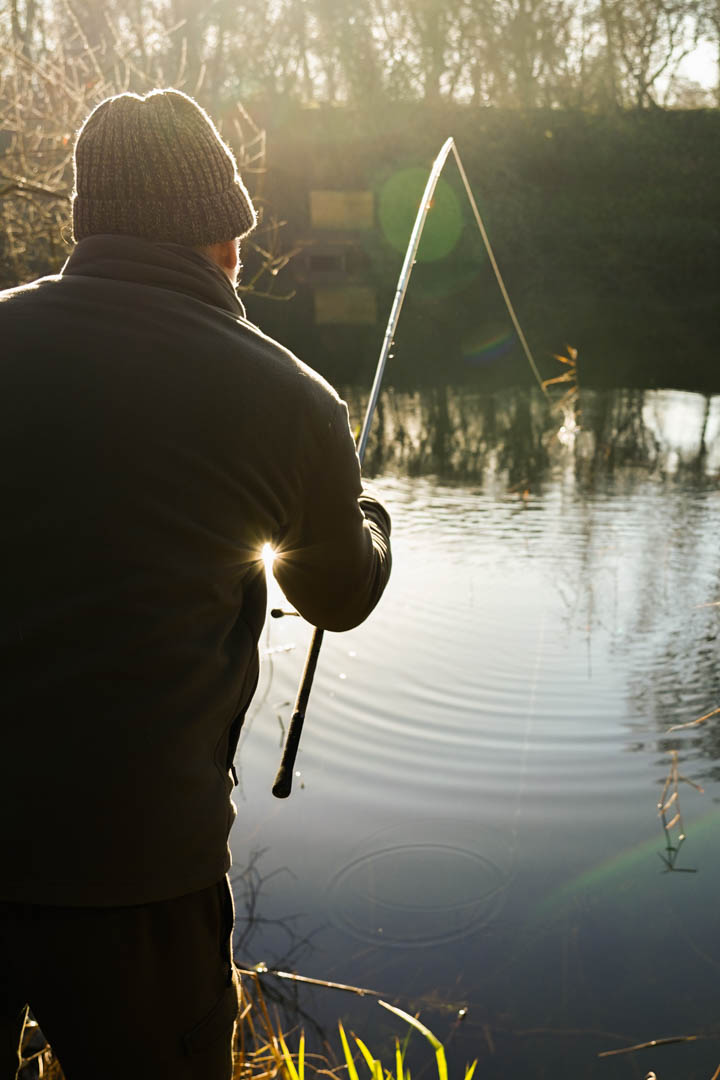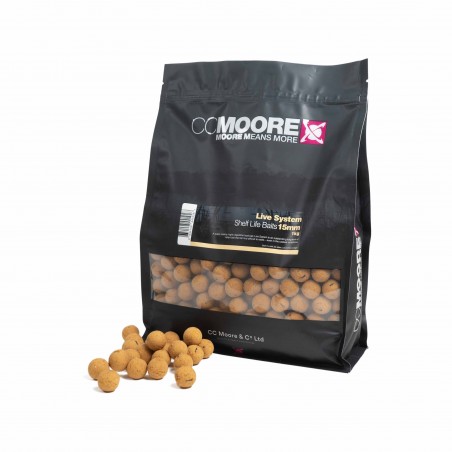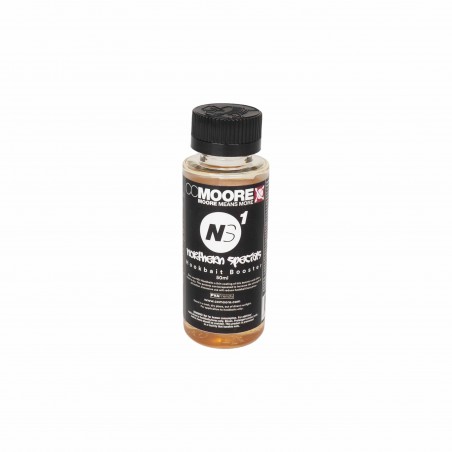Pre season Prepping – Dave Little
It’s getting to that time of year now when you start thinking about the season ahead, maybe you’ve joined a new water and want to reap the rewards throughout the Spring, as it’s a fantastic time of year to be out on the bank. But to do so it’s well worth putting in the prep work…
Areas to look for
During the Winter months the carp will often venture to the same places year in year out, they’re cold-blooded creatures so if they can find an area of the lake that’s warmest or most comfortable, their instincts kick in and tell them to migrate to that zone. Doing this they will often leave a lot of the lake untouched, so when the longer days start creeping in and the daytime temperatures start to incline, you can often find them start working areas of the lake they may have neglected through the winter. Keep an eye on all the edge spots, you’ll notice they will be covered in some leaf matter but as soon as the carp start working the margins again that silty debris will soon get polished away.

As the carp’s immune system begins peaking once more, they will start to actively search out food, naturals being their first port of call. Locating these can be quite simple if your lake has lots of bird life as the coots/tufties will also be searching out these beds of natural food, so if you can find the birds, I can bet the carp won’t be too far away.
The biggest edge you will have at this time of year is having a pair of polarised glasses, they remove the glare off the water’s surface, enabling you to see a lot more, hopefully revealing little areas that look appetising which you would of missed without them.

Rubbing Spots
Due to being sat dormant for a lot of the time, they will often pick up leeches and parasites on their skin which can cause irritation, so the first thing they will look to do is have a clean-up. The way they go about doing this is by rubbing on things or showing, they’re not like us, they don’t have hands, so the easiest way for them to remove these blood suckers is to scrape their bodies on debris such as branches/snags or even clay spots. Throughout the spring you will often spot the fish covered in sticky grey clay, the clay covers any parasites which stops them from being able to breathe and therefore they must detach from the carp in order to survive.

Lots of the rubbing spots can be seen at close quarters due to snags generally being over hanging trees in the margins, if you creep in and notice some glowing spots in amongst them, the chances are they have been rubbed on. Most people would presume they’re feeding spots, which of course they can be, but the fish cause as much disturbance on the lakebed by flanking, as they would by feeding, so the spots will clean off both ways. If you can locate these little golden areas, it’s well worth having some rigs nearby, they might not be actively fed on but they’re visiting there for a reason and having a hookbait in the vicinity can often bring you bites.
Be prepared
It’s important to have everything ready for the coming season, get that Spring cleaning done at home so everything is in order and ready to go. I also find it a great time to start boosting up my hookbaits. At this time of year bright ones are the way forward, the carp aren’t looking to eat a huge amount as the water is still cold but a well placed NS1 can often slip them up. I like to glug my Northern’s in the matching booster liquid and allow them to dry off at home with the lids off. Doing this allows air to get to the pop ups and as the liquid absorbs, it also hardens the pop ups which stops them from losing any buoyancy. I will repeat the process once every few days for a couple of weeks, ensuring only giving them a light glaze each time. I will have a few different colour options as sometimes one can outshine the other.


Start baiting
Prebaiting is a massive edge at any time of year, but starting it at this time of year can often set your spots up for the coming season. I like to keep things quite visual in the spring so baiting with Live System provides that brighter aspect of things. Now you don’t need to go mad with the bait, but I like to introduce lots of fine food items, the reasoning behind this is because the spots where you feel the carp are going to frequent, will often be dirty due to the lack of activity from the winter period. The smaller items make the carp work the area for longer, which in return will get them polishing off the spots faster. I use a mixture of boilie crumb and some bag mix which also has some fine pellets in which the carp can graze on, I bind that all together with a liquid food to provide extra attraction and pulling power to the zone.


Your first session
It’s always exciting visiting the lake for the first time to have a go, especially when you have put in the homework beforehand. To begin with the spots may still have a bit of sediment on them, so until I know they have been polished off and have become rock hard I will use hinge stiff rigs, this ensures my hook is popped up off the bottom which eliminates any chance of hooking bottom debris. The first trip is always a learning curve, you’re there for a longer period of time so can build up a better understanding of what the carp are doing, and it will give you the background information on other spots you may have neglected in the weeks building up to the trip.

This time of year really gets the fire burning again, with the carp slowly becoming more active and hopefully with all the prep work done, that red letter session isn’t a mile away…



